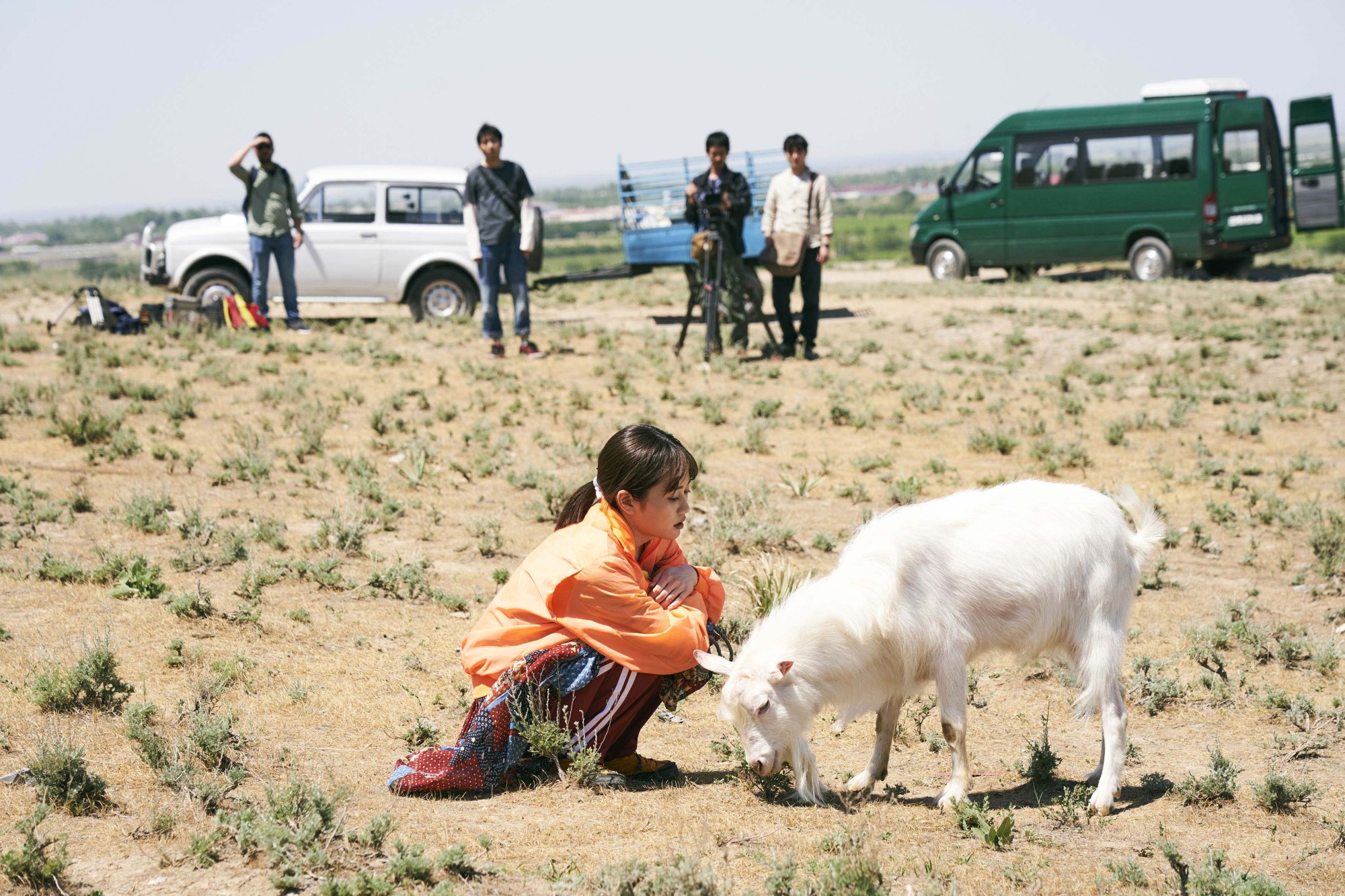When Japanese directors of a certain age and status film abroad, they usually head for developed countries, not developing ones. Although, to be fair, their choice of foreign locales often comes down to box-office calculations. Japanese audiences enjoy seeing famous European sites on the screen (and mentally planning their next vacation), so more Japanese films feature the Eiffel Tower than Angkor Wat.
But Kiyoshi Kurosawa is different. Now 63, he helped ignite the worldwide J-horror boom two decades ago with such cult classics as "Cure" (1997) and "Pulse" (2001), while developing a signature style that relied more on creepy atmospheric effects than in-your-face shocks.
Unlike many of his J-horror colleagues, he refused to be defined by the genre, though he never abandoned his horror roots. Even 2008's "Tokyo Sonata," a serious drama about a dysfunctional family, has disturbing moments that only Kurosawa could have created.


















With your current subscription plan you can comment on stories. However, before writing your first comment, please create a display name in the Profile section of your subscriber account page.